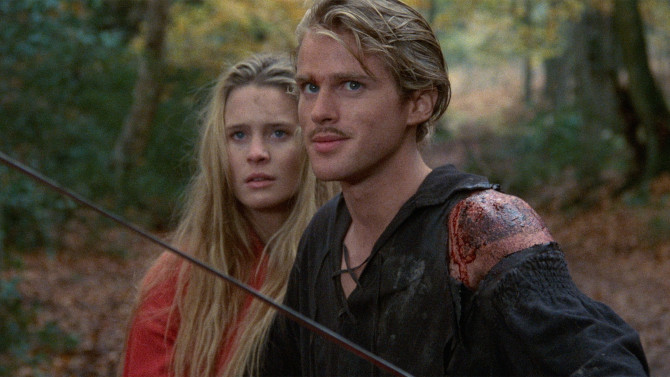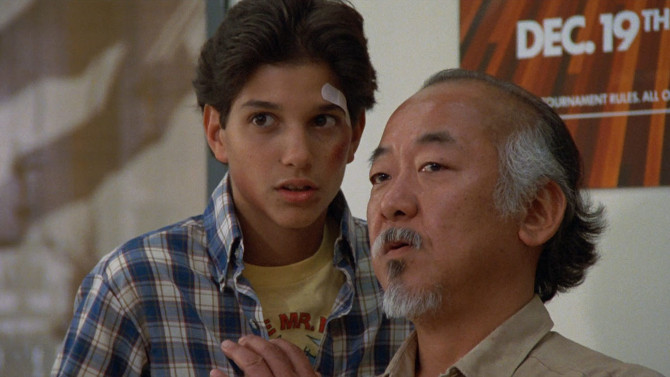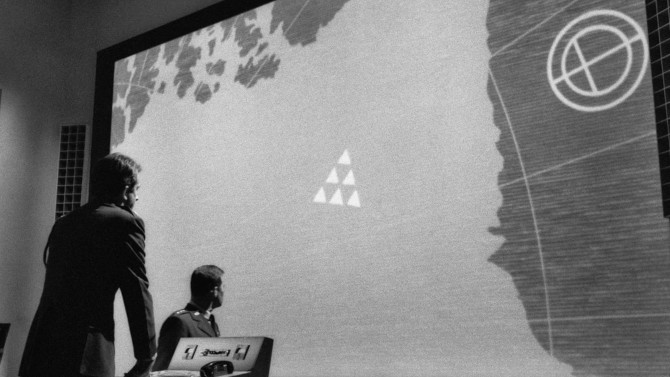
Safety First
Like a severe and utterly serious version of Stanley Kubrick’s 1964 satirical dark comedy Dr. Strangelove or: How I Learned to Stop Worrying and Love the Bomb, you would think that Fail Safe would have been the original release in theatres that was then later spoofed, yet that is not the case. Released approximately six months later in the same year, as you might imagine, it led to very poor returns at the box office – dare I say it (as the film deals with this subject matter)... it was a bomb! Despite that, over time, it has become a bonafide classic. Based upon Eugene Burdick’s 1962 novel of the same name and directed by Sidney Lumet (Dog Day Afternoon), he introduces us to our main players by way of little vignettes.
-

Dream of a Funeral and You Hear of a Marriage
3 Dumb ClucksAugust 17, 2020Some things never change. . . and by that I mean true love. . . and by that I mean the love found between a newly rich older man and a much younger woman. . . case in point, 1937's 3 Dumb Clucks, directed by Del Lord – a Three Stooges classic. Larry (Larry Fine), Curly (Curly Howard) and Moe (Moe Howard) have found themselves in jail. . . watched over by a very simple and overly helpful Prison Guard (Frank Austin). Receiving a letter from their beloved mother, she asks her boys to escape their confines and help bring their father home to her. . . as he has made millions through the oil fields he owns and has taken up with a young blonde gold digger, Daisy (Lucille Lund).
-
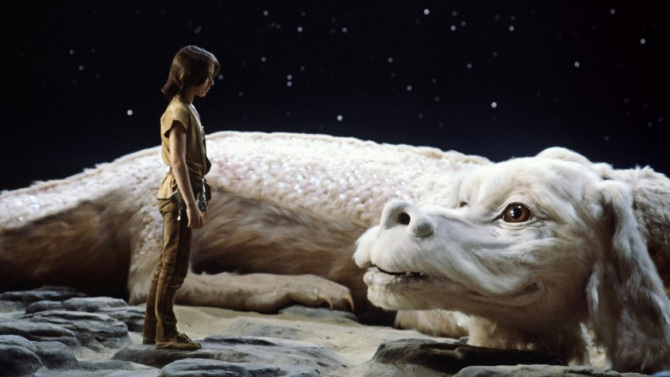
It Goes On and On My Friends…
The NeverEnding StoryJuly 22, 2020Oh, the 80's. . . a child’s mother dead, vicious bullies, a horse dying by way of depression in a boggy swamp, a killer wolf, a fantastical world coming to an end, heavy doses of existentialism – and that’s a children’s movie?! Of course, some of you might have guessed it by now, I’m talking about one of the most bizarre family films in the history of the silver screen, 1984's The NeverEnding Story. Co-written and directed by Wolfgang Petersen (in his first English language film – Air Force One, Troy and several others would follow), this German produced feature, based upon the 1979 novel of the same name written by Michael Ende, though successful in its original release, definitely falls within the cult classic moniker. With a 21st century lens, those who have not yet seen it will be shocked by just how dark and depressing it is for a so-called family film. . . but, like those original Grimm fairytales, just below its overtly bleak outlook, there are many more upbeat themes and life lessons to learn.
-
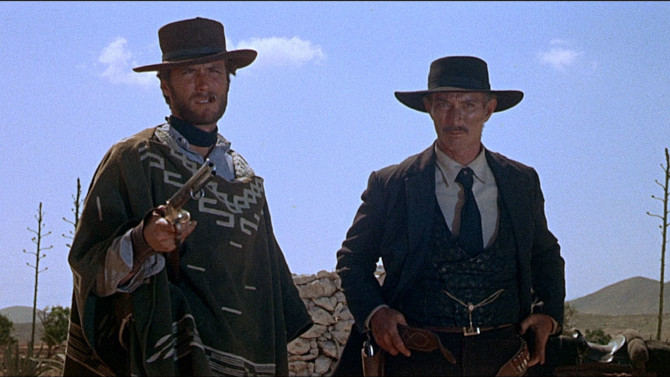
Bounty Hunters
For a Few Dollars MoreJuly 14, 2020Before we get started today, I just wanted to write something on Ennio Morricone, the iconic composer who passed away on July 6th, 2020. With a mind-blowing 519 composing credits to his name, he was a master of music. . . scoring everything from gialli (including Dario Argento’s famed “Animal Trilogy” – the first being The Bird with the Crystal Plumage) and spaghetti westerns (arguably his most famous work, the “Dollars Trilogy” with Sergio Leone) in his native Italy, to big budget Hollywood blockbusters such as Terrence Malick’s Days of Heaven, Brian De Palma’s The Untouchables, John Carpenter’s The Thing, Roland Joffé’s The Mission, Barry Levinson’s Bugsy, and Quentin Tarantino’s The Hateful Eight (which won him his only competitive Oscar). Today’s review of For a Few Dollars More (1965) is a prime example of his craftsmanship – a dynamic combination of diegetic and non-diegetic music (the former meaning a tune being heard by both the characters in the film and the audience, the latter being heard only by the audience), the score is built around the diegetic sounds of a musical pocket watch held by two different characters, yet this is only the beginning. . . listen for his fascinating combination of chanting, whistling, different sounds, and instrumental music that lingers somewhere between its nineteenth century western setting and some yet undiscovered post-modern style of music.
-
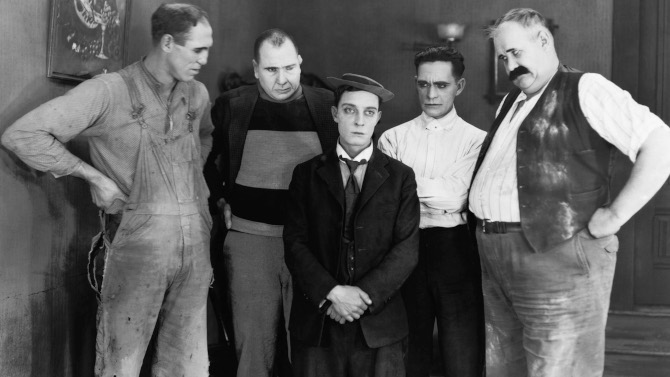
What Could Have Been: My Wife’s Relations
July 12, 2020Opening in a way only a Buster Keaton short film seems to be able to, an accidental confrontation between a mailman and the main character (leading to a letter, by chance, falling into the hands of the man, as well as a broken pane of glass as a result of the postal worker’s anger), followed by another clash between the always in the wrong place protagonist and a bullish woman – who assumes the diminutive man must have done the damage to the window. . . then throw in a Polish priest (who doesn’t speak English) making his own assumptions, and somehow, Keaton becomes Husband, and this woman, played by Kate Price, becomes Wife, in 1922's My Wife’s Relations, written and directed by both Buster Keaton and Edward F. Cline.
-
Star Pick with Tasya Teles
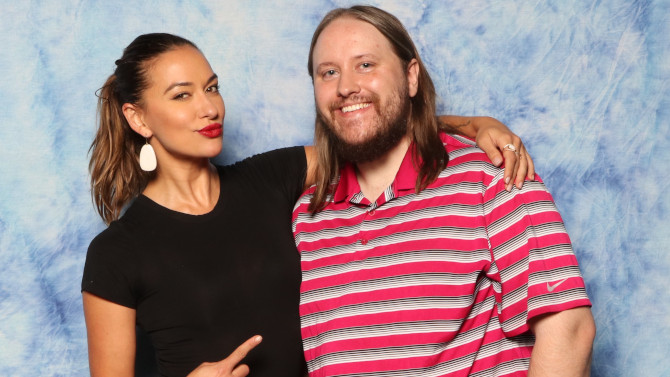 Echoes of FairytalesThe Princess BrideJuly 1, 2020
Echoes of FairytalesThe Princess BrideJuly 1, 2020A couple of weeks ago, I started releasing star pick interviews with cast members of the long running television series The 100 (to honour its seventh and final season). First to feature was Bob Morley, and today Filmizon.com highlights fellow star Tasya Teles – who plays Echo. One of the most fascinating characters on the show, she first appeared in season 2 as a recurring character (a grounder and not one of ‘the 100’ teenagers sent to see if the planet was still habitable), growing into one of the major players by season 5. With intriguing storylines, she is a strong warrior assassin (that can lean towards ruthlessness), extremely loyal, yet willing to disobey orders if it doesn’t make sense. . . and, over the course of many seasons, has softened a bit – showing a caring side to those characters she originally only had disdain for. A most generous person, Teles was extremely cheerful as we chatted about her favourite film, 1987's The Princess Bride, directed by Rob Reiner. Explaining that the princess story has been told so many times before (usually in a very predictable way), she fell in love with this iteration for its fun, original, and quirky style. . . a film that turns every expected happening on its head – playing with previous stories and the tropes they have built, making for a most unique telling. Also noting the wonderfully etched characters, each actor is a standout when it comes to developing their pivotal role, be it revenge bent Inigo Montoya (Mandy Patinkin) or nearly unrecognizable Billy Crystal – as miracle worker Max, who has lost his confidence a bit of late.
-
Star Pick with Bob Morley
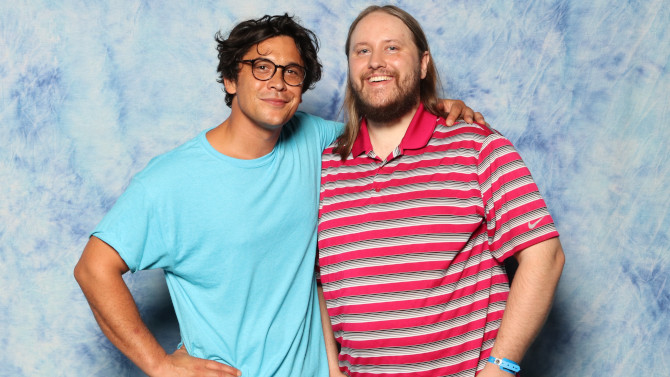 The Karate Kid Is Hot TonightThe Karate KidJune 13, 2020
The Karate Kid Is Hot TonightThe Karate KidJune 13, 2020If you are a fan of the television series The 100 - a post apocalyptic tale in which one hundred delinquent teens are sent to an uninhabitable Earth to allow those on a space station to survive (only for them to discover that the planet, that was ravaged by a nuclear war ninety-seven years earlier, is, in fact, alive and well), then this will be exciting for you. Over the next couple of months, in order to celebrate the show's seventh and final season (which started airing on May 22nd, 2020), I am happy to announce that there will be three Star Picks coming up in the near future with a triumvirate of stars from the extremely popular series. First up, the series' male lead - Bob Morley. An Australian actor who got his start on soap operas in his native country (his first big break coming when he was added to the main cast of Home and Away in 2006), just eight short years later and he's found his way to Vancouver, Canada to shoot The 100, taking on the role of Bellamy Blake (who would quickly become a fan favourite) - a riveting character that we have watched grow over the past seven seasons.

